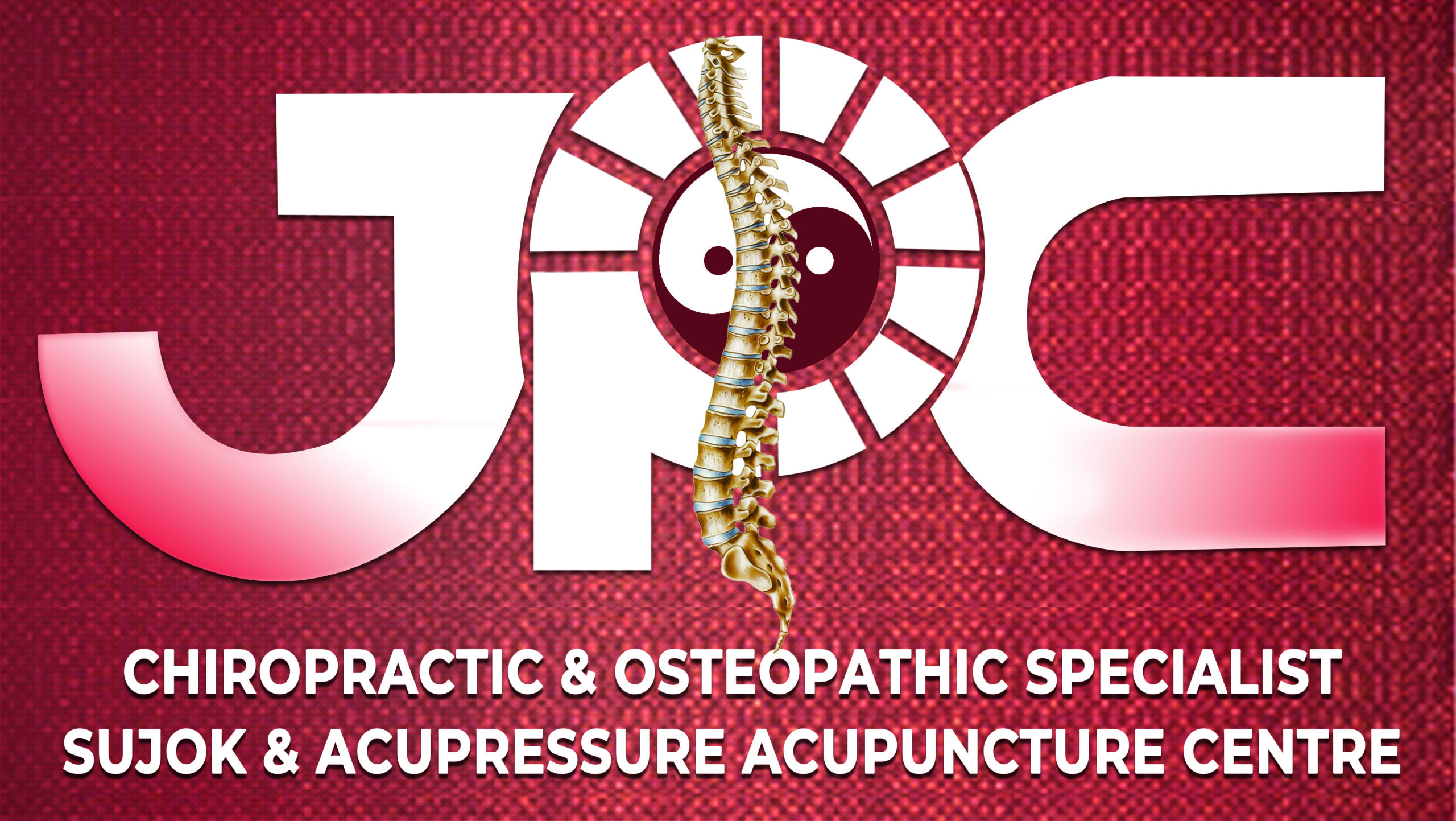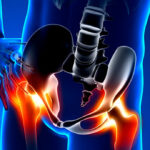**Spondylosis:**
1. Introduction to Spondylosis:
– Definition and description of spondylosis.
– Understanding the anatomy of the spine.
– Common terms used for spondylosis (spinal osteoarthritis, degenerative disc disease).
2. Causes and Risk Factors:
– Age-related wear and tear on the spine.
– Degeneration of the spinal discs and facet joints.
– Genetics and family history.
– Repetitive stress or strain on the spine.
– Poor posture and sedentary lifestyle.
3. Symptoms of Spondylosis:
– Neck or back pain: Dull or chronic pain in the affected area.
– Stiffness and reduced range of motion in the spine.
– Numbness or tingling in the arms or legs.
– Muscle weakness or loss of coordination.
– Headaches, especially in cases of cervical spondylosis.
4. Types of Spondylosis:
– Cervical Spondylosis: Degeneration of the discs and joints in the neck region.
– Lumbar Spondylosis: Degeneration of the discs and joints in the lower back region.
– Thoracic Spondylosis: Degeneration of the discs and joints in the middle back region.
5. Diagnosis of Spondylosis:
– Evaluation of symptoms and medical history.
– Physical examination of the spine, including range of motion tests.
– Imaging tests (X-rays, MRI, CT scan) to visualize the spine and assess the extent of degeneration.
6. Treatment Options:
– Non-Surgical Treatment:
– Pain medications and anti-inflammatory drugs.
– Physical therapy exercises to improve strength, flexibility, and posture.
– Heat or cold therapy for pain relief.
– Transcutaneous electrical nerve stimulation (TENS) for pain management.
– Use of assistive devices or orthotics for support.
– Surgical Treatment (in severe cases):
– Decompression surgery: Removing the bone spurs or damaged disc material that may be compressing nerves.
– Spinal fusion: Joining two or more vertebrae together to provide stability.
7. Rehabilitation and Self-Care:
– Maintaining a healthy weight to reduce stress on the spine.
– Regular exercise to strengthen the back muscles and improve flexibility.
– Practicing good posture and body mechanics.
– Applying heat or cold packs for pain relief.
– Using ergonomic furniture and equipment.
8. Pain Management and Lifestyle Modifications:
– Over-the-counter or prescribed pain medications as recommended by a healthcare professional.
– Physical therapy to learn exercises and techniques for managing pain.
– Stress management techniques to reduce tension and improve overall well-being.
– Healthy lifestyle choices, including a balanced diet and regular exercise.
– Avoiding activities or positions that worsen symptoms.
It’s important to note that the information provided here is for educational purposes only and should not replace medical advice. If you suspect you have spondylosis or are experiencing symptoms, it’s crucial to consult with a healthcare professional for accurate diagnosis, personalized advice, and appropriate treatment options.




